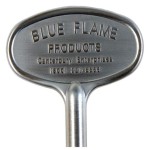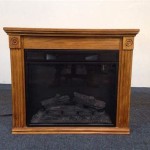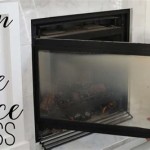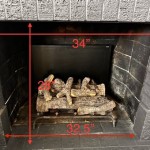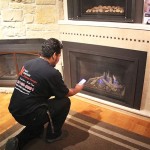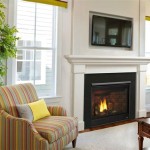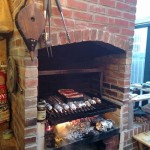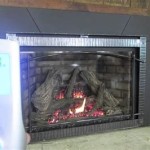Essential Aspects of Old Fireplace Inserts: A Comprehensive Guide
Old fireplace inserts, relics of a bygone era, exude an undeniable charm and warmth. Whether you're an avid collector or simply appreciate the allure of historical artifacts, understanding the unique characteristics of these inserts is paramount. This guide delves into the essential aspects of old fireplace inserts, offering insights into their history, materials, design elements, installation considerations, and preservation tips.
Historical Background
Fireplace inserts have been used since the 17th century, primarily as a means of improving heating efficiency and reducing smoke. Early inserts were typically made of cast iron and featured intricate designs inspired by Baroque and Rococo styles. They gradually evolved over time, incorporating advancements in materials and aesthetics to meet the changing needs of homeowners.
Materials and Construction
Old fireplace inserts are primarily crafted from cast iron, a durable material known for its heat retention properties. Other materials used include steel, wrought iron, and in rare cases, brass. The thickness and weight of the insert vary depending on its size and intended use. Inserts often comprise multiple components, including a firebox, grate, and damper, each serving a specific function.
Design Elements
Old fireplace inserts showcase a captivating array of design elements that reflect the artistic sensibilities of their time. Intricate scrollwork, floral motifs, and animal figures are commonly found in Baroque and Rococo inserts. Many inserts feature decorative borders and stylized handles that enhance their aesthetic appeal. These design elements not only serve as visual accents but also provide insights into the cultural context and craftsmanship of their era.
Installation
Installing an old fireplace insert requires careful planning and adherence to specific guidelines. The fireplace opening must be properly measured to ensure a snug fit. The insert should be secured using appropriate mounting brackets and fire-resistant materials to prevent movement or heat damage. Professional installation is recommended, especially for complex or heavy inserts, to ensure safety and optimal performance.
Preservation
Preserving old fireplace inserts involves proper care and maintenance. Regular cleaning and inspection can extend their lifespan and preserve their beauty. Cleaning should be done using gentle methods to avoid damage to the finish. Periodic inspections by a qualified professional can identify any potential issues or areas that require repair. By adhering to these preservation techniques, you can ensure that your old fireplace insert continues to grace your home for generations to come.

Belmont Small Gas Insert

Do You Have An Old Fireplace Insert Or Stove Jotul

Removing An Old Woodstove Fireplace Insert Young House Love

Removing An Old Woodstove Fireplace Insert Young House Love

Imported File Wood Burning Fireplace Inserts Stove Insert

Wood Inserts Fireplace And Stove The Hearth Doctor Inc

Renew That Old Fireplace With A New Insert Today

Removing An Old Woodstove Fireplace Insert Young House Love

Draining Your Budget Old Wood Fireplaces Save On Heating

Vanguard Converts Your Old Wood Burning Fireplace Into An Efficient Vent Free
Related Posts

